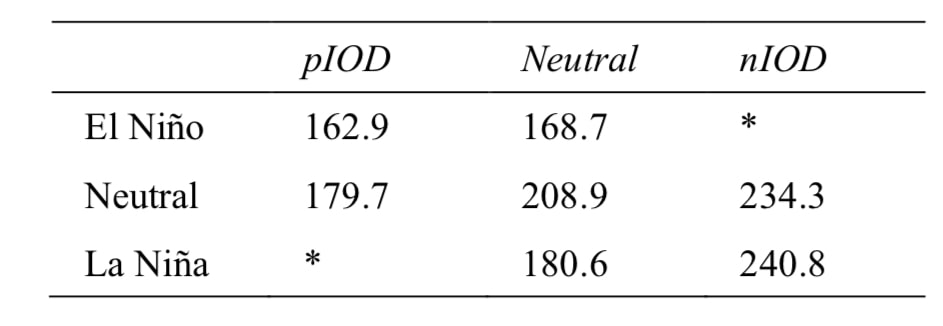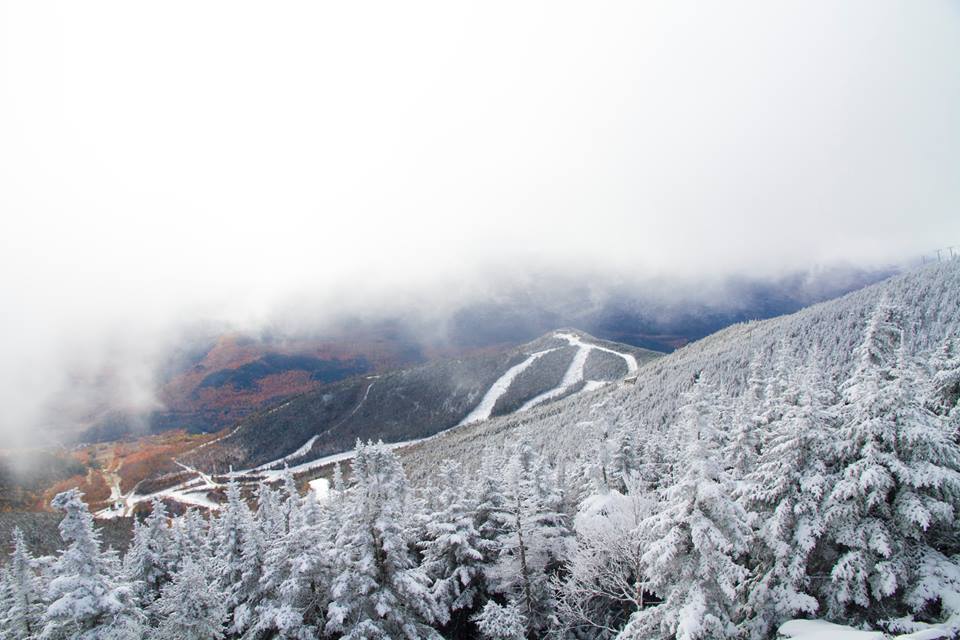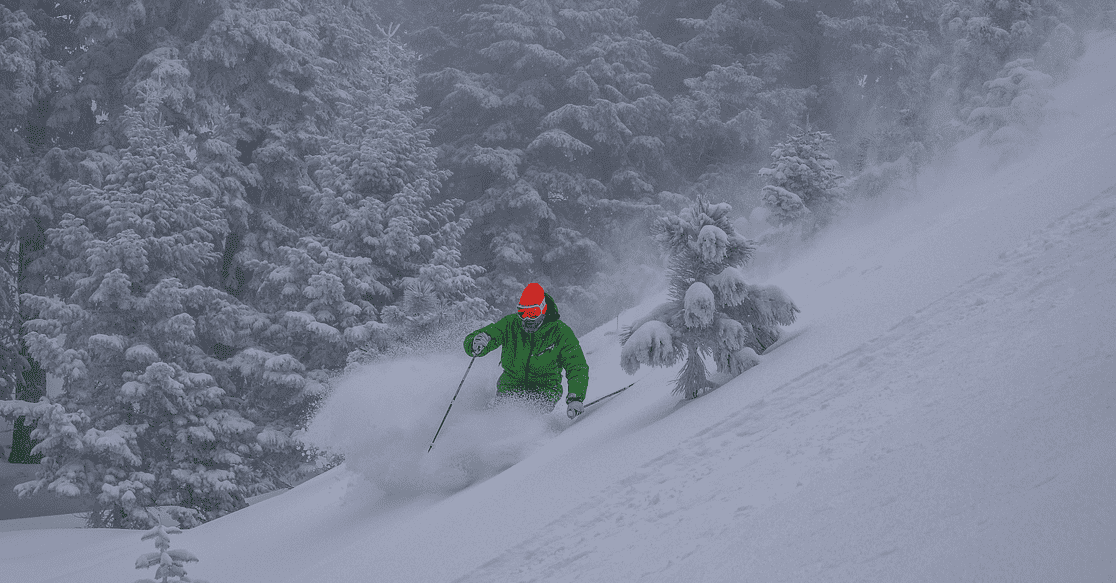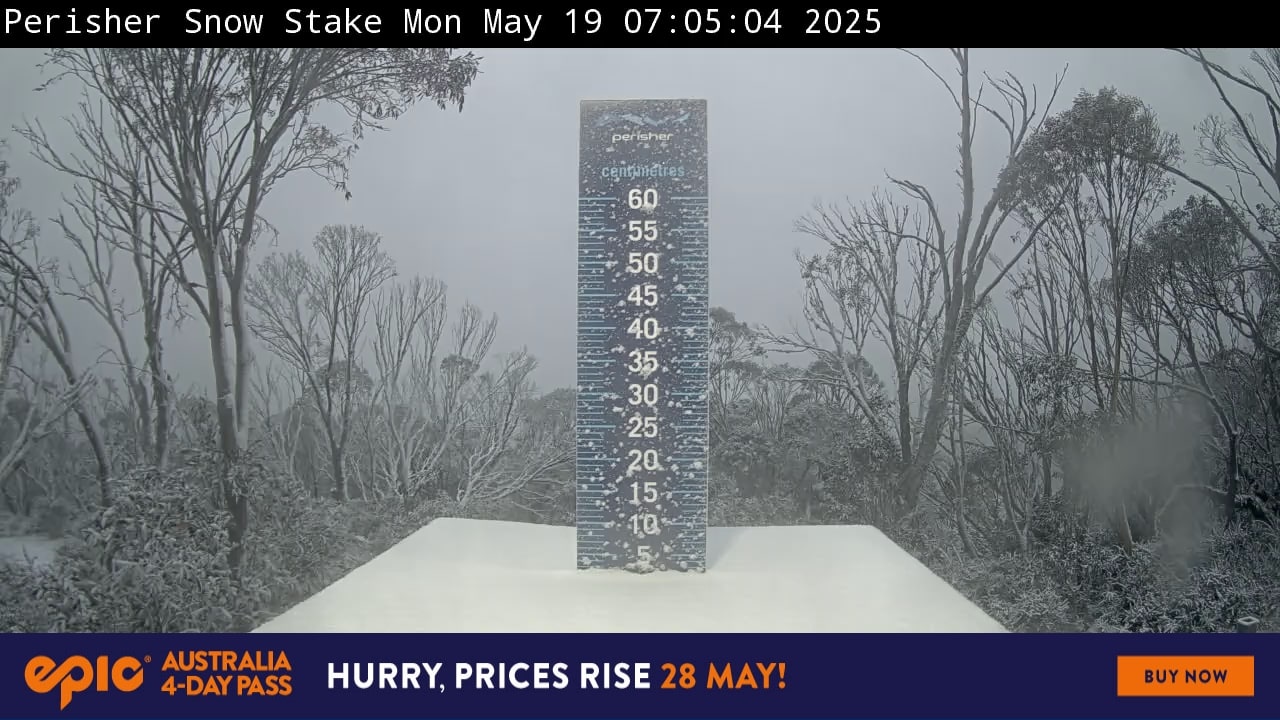
With the first snow of the season hitting Australian resorts such as Perisher and Thredbo, excitement for the 2025 season is starting to build. The idea that an early dusting portends a stellar winter has deep roots in ski lore, bolstered by the thrill of advanced openings and first turns on untouched snow. While early-season snowfall certainly generates enthusiasm, some argue it may actually be a bad omen. A heated social media discussion last week prompted SnowBrains to crunch the numbers and investigate whether early snow is a true harbinger of a good season—or just an atmospheric red herring.
In a nutshell, when analysing seven decades of snow depth records and peak depth data in Australia’s Snowy Mountains, the predictability of the season ahead based on early-season snow is essentially non-existent. The Pearson correlation coefficient for a “good” season is 0.64, while it is 0.52 for a “bad” season. Although a coefficient closer to 1 indicates a stronger relationship, both results are moderate at best—and since both values are positive, they show that early-season snow is not a reliable indicator of either outcome.
For this analysis, early-season snow cover was defined as more than 20 centimetres between June 1 and June 21*. Several definitions of a “good” season were tested. Under the first, a good season meant maximum snow depth above the 71-year average from 1954 to 2024. Under the second, it referred to above-average snow depth during peak season, from mid-July to the end of August. The third scenario defined a bad season as one where snow depth during the same peak period averaged below one metre.
* Until the approximate astronomical start of winter, which varies each year, unlike the meteorological start which is June 1 in Australia.
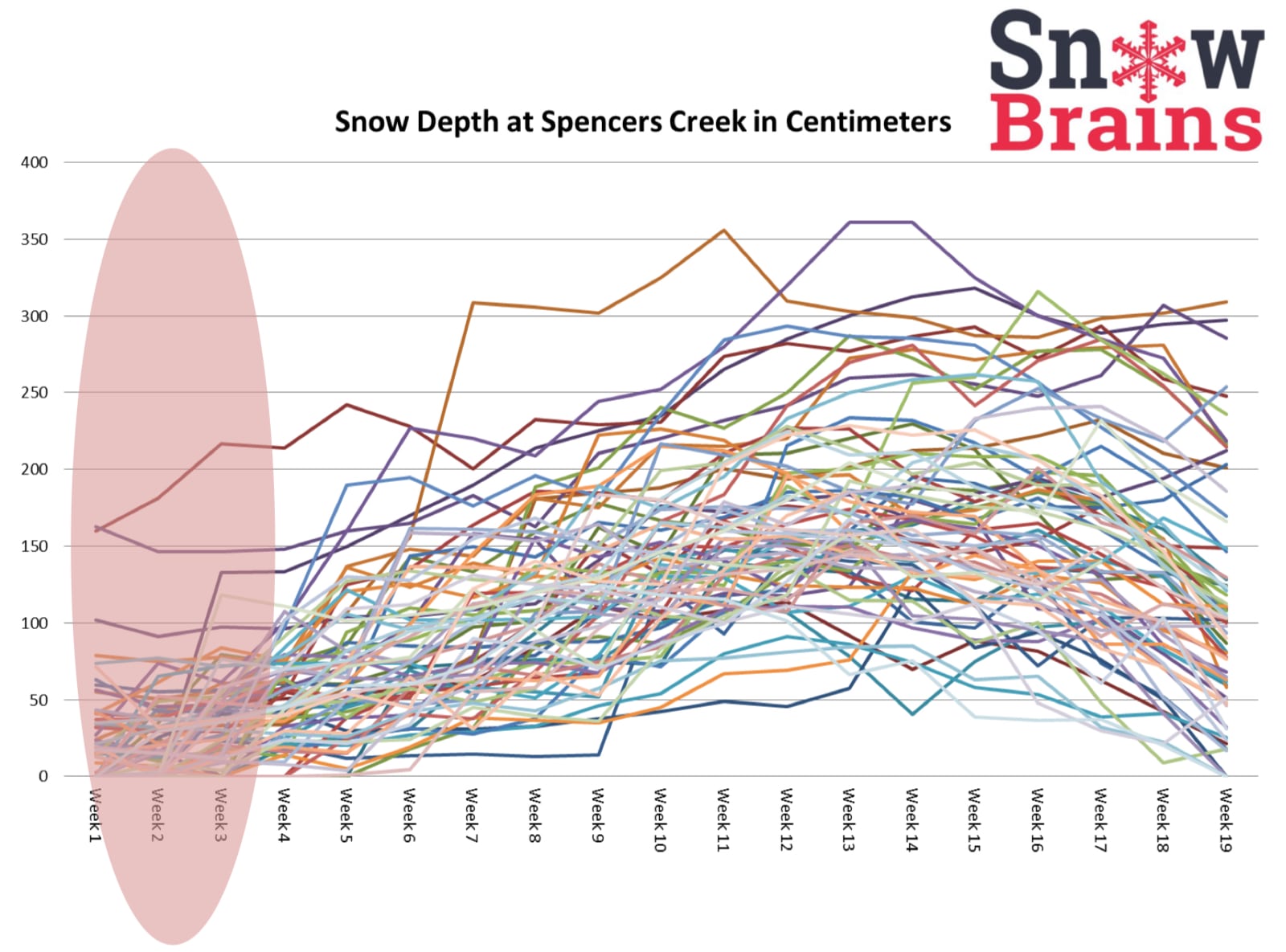
Across all three scenarios, early snow was slightly more likely to precede a good season. In Scenario 1, 67% of good seasons had early snow, compared to 37% of bad seasons. In Scenario 2, the figures were 63% and 38% respectively, while in Scenario 3 they were 52% and 38%. Of the 30 good seasons in the last 71 years under Scenario 1, 20 were preceded by early-season snow. However, 15 of the 41 bad seasons also began with early snowfall, illustrating the limited predictive value of this metric.
Rather than suggesting a reliable forecast, early-season snowfall often results from short-lived cold snaps that don’t reflect the broader seasonal pattern. Warming spring temperatures can quickly erase any early advantage. Climatologists emphasise the role of large-scale climate drivers—particularly the El Niño–Southern Oscillation (ENSO) and the Indian Ocean Dipole (IOD)—in shaping Australia’s winter snowfall. Statistically, more favourable seasons occur under neutral ENSO (in other words neither El Niño nor La Niña) and neutral IOD conditions. At this stage, the Bureau of Meteorology (BOM) is predicting a neutral ENSO for the upcoming winter to at least September. This aligns with models from multiple international agencies. Likewise, the IOD is also expected to stay in a neutral state until at least August. While these outlooks suggest a stable climate backdrop, it’s worth noting that forecast accuracy for both ENSO and IOD is historically lower beyond winter, meaning skiers should remain aware of changing conditions as the season progresses. In addition, temperatures remain above historical averages, so precipitation in the Snowy Mountains could fall as rain and could shorten the length of the Australian ski season.
While early snow is exciting and visually promising, it is not a dependable predictor of a good ski season. The data shows that the correlation is weak and inconsistent. For skiers and resorts alike, it’s far more useful to follow seasonal outlooks from the Bureau, which monitor ENSO and IOD trends throughout the winter. In the world of ski forecasting, early snow should be viewed as a welcome surprise—not a guarantee of powder days to come. The best strategy is to play the long game: keep an eye on climate drivers and stay flexible, because when it comes to Australia’s ski season, nature plays the final hand.
